This article is part of the project: Discover the Netherlands, Province by Province. Read the collection of articles here: Dutch Provinces: a Complete Guide.
This page includes affiliate links. If you click and purchase, I may receive a small commission at no extra costs to you.
Population of around 660.000 (in 2023) and a total area of 5,753 square kilometres.
Welcome to Friesland, a proud northern province of the Netherlands. The official spelling of its name is Fryslân — in the West Frisian dialect. Yes, Friesland has its own language, Frisian, and is very proud of it.
This is one of the Dutch provinces with the most navigable waterways, and it’s home to four national parks. Friesland is a province that invites you to unwind and relax in the vast nature areas, to adopt the slow living that the Frisians seem to know more about than the rest of the country. It’s also home to Leeuwarden, the European Capital of Culture in 2018, eleven historical cities, and the largest chain of connected inland lakes in Europe. The legendary Elfstedentocht, an iconic skating tour, hinges on this network of frozen canals, making Friesland as lively in winter as in the warmer seasons. This is a region saturated with legends of the sea, tales of maritime heroes, and fights with the northerns Vikings.

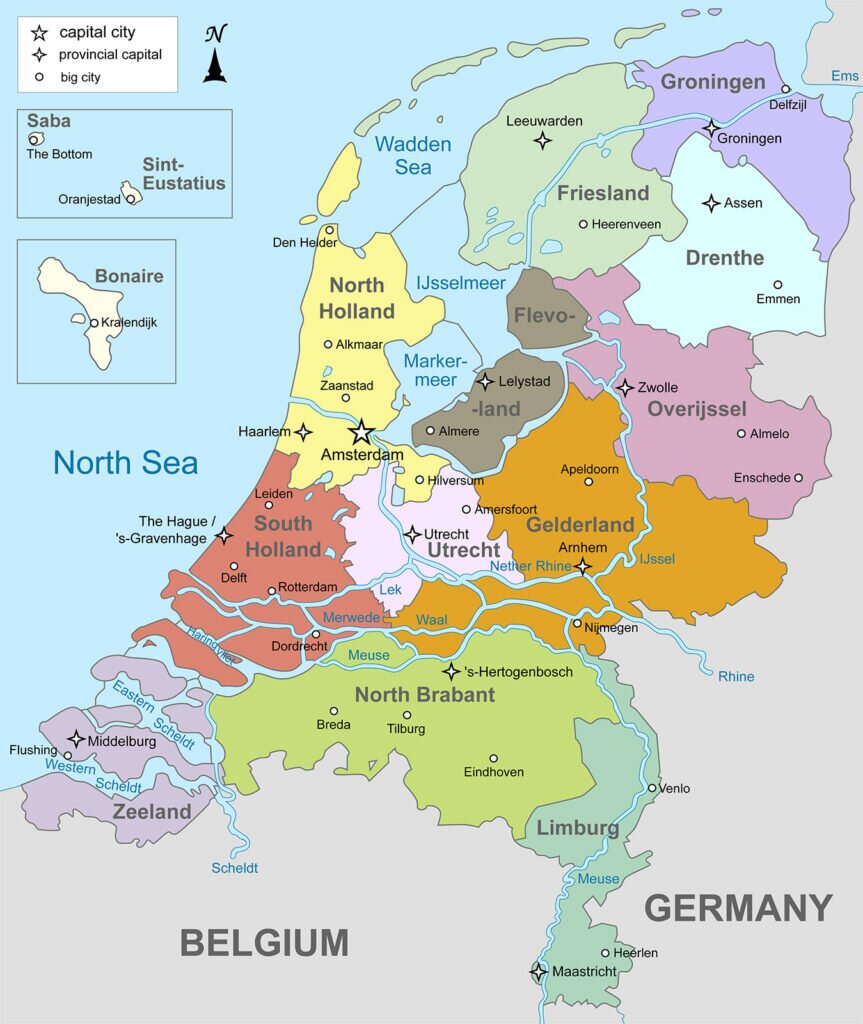
Friesland is divided into 18 municipalities, and if you include the water areas, it’s the largest province of the Netherlands (in terms of land only, is the third largest). The beautiful northern islands Vlieland, Terschelling, Ameland and Schiermonnikoog are part of Friesland.
The provincial capital is Leeuwarden, which was founded in the 10th century as a trading post, and flourished into an essential centre for commerce and administration by the Middle Ages. Today, Leeuwarden is a vibrant and modern city that blends its rich history with contemporary innovation, offering a dynamic mix of historical architecture. It’s home to several educational institutions, including NHL Stenden University of Applied Sciences, making it a hub for students and young professionals. The city’s picturesque canals, green spaces, and lively market squares attract both locals and tourists, making it a beloved destination in the Netherlands.

What to do in Friesland province
While the nature of Friesland might prove to be the main attraction for visitors, there are also beautiful cities, towns and villages that are worth a stop or a day-trip.
Notable cities and towns: Leeuwarden, Harlingen, Drachten, Sneek, Dokkum, Heerenveen, Franeker, Joure, Wolvega, Lemmer. Some of the most beautiful villages in Friesland are: Aldeboarn, Wierum, Allingawier, Balk, Makkum, Grou.

Friesland is connected with North Holland through the Afsluitdijk, the dam that protects the country from flooding and also serves as a motorway. Traveling through the province might be better by car, to cover the distances easily, but public transport is also a good option, at least for the main cities.
There’s a lot to discover in this stunning province, although I would say the main thing, the focus of the area, is water. Friesland is a coastal province, with access to the IJsselmeer and the Wadden Sea. For the sea lovers, this area is a paradise. Then there are the inland waterways and the big lakes, interconnected, that provide beautiful water landscapes and endless possibilities for water fun.
One can decide to have a tour of the eleven cities that are part of The Elfstedentocht. This is a famous long-distance skating event that takes place when the winter is cold enough to have the waters properly frozen and suitable for skating. The race, covering approximately 200 kilometers (124 miles), passes through eleven historic cities in Friesland: Leeuwarden (starting and finishing point), Sneek, Ijlst, Sloten, Stavoren, Hindeloopen, Workum, Bolsward, Harlingen, Franeker, Dokkum. Since the race is quite rare nowadays as the weather was not favourable, you can visit the cities for their beauty and historical significance. During this tour, you can discover also the Eleven Fountains — new additions to these cities in 2018, and designed by internationally renowned artists.
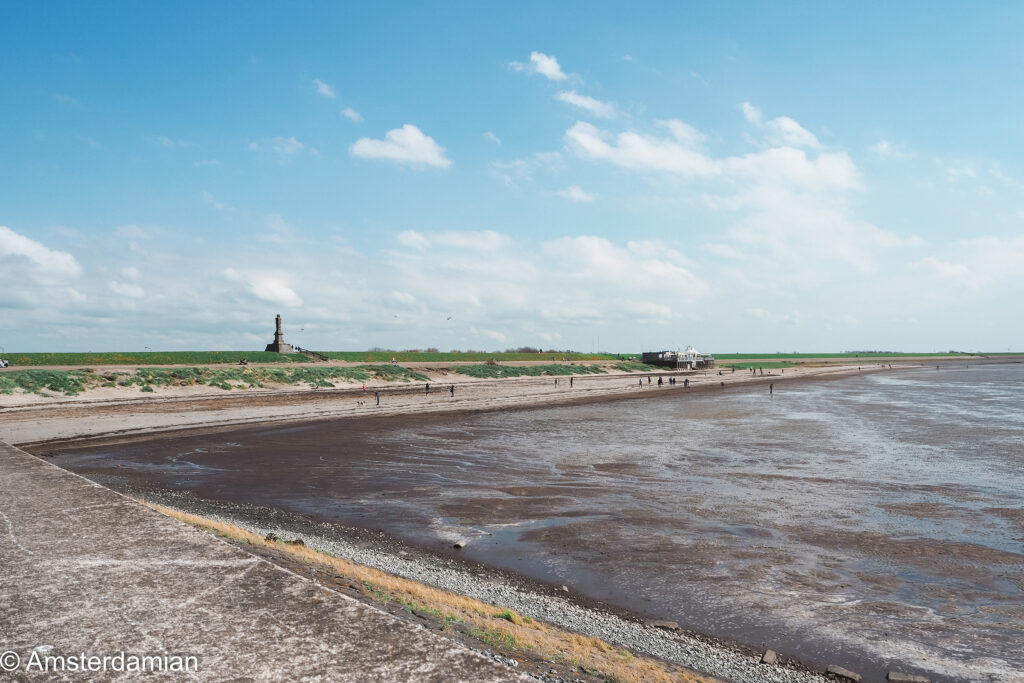
Mud walking (wadlopen). The Wadden Sea provides an opportunity for an intriguing activity: walking through the mud. This is a special activity which consists in traversing the area that connects the Dutch mainland to the Frisian islands, during the changing of the tides. The change happens every six hours, and this is best done with a guide, someone who knows the workings of the tide. Mud walking is a unique opportunity to see what the sea left behind on the bare sea floor (shells, little animals), before it’s covered by the Wadden Sea waters once more.
The islands. The four Wadden Islands that are part of this province are connected to the main land by ferry. Amazing places for a getaway, these islands are defined by expansive beaches, dune landscape, and the tidal flats with the enormous diversity of migratory birds that have their breeding and resting places here. Some of them are hosting important festivals, like the Oerol on Terschelling. Vlieland is car free, so it’s the perfect spot for relaxation and immersion in nature.
Attractions in Friesland
While nature and outdoor activities might be the main attractions in Friesland, there is a lot of culture to be discovered too. All the cities and towns have historical centres that are worth a visit, to discover some of the history of this proud province.
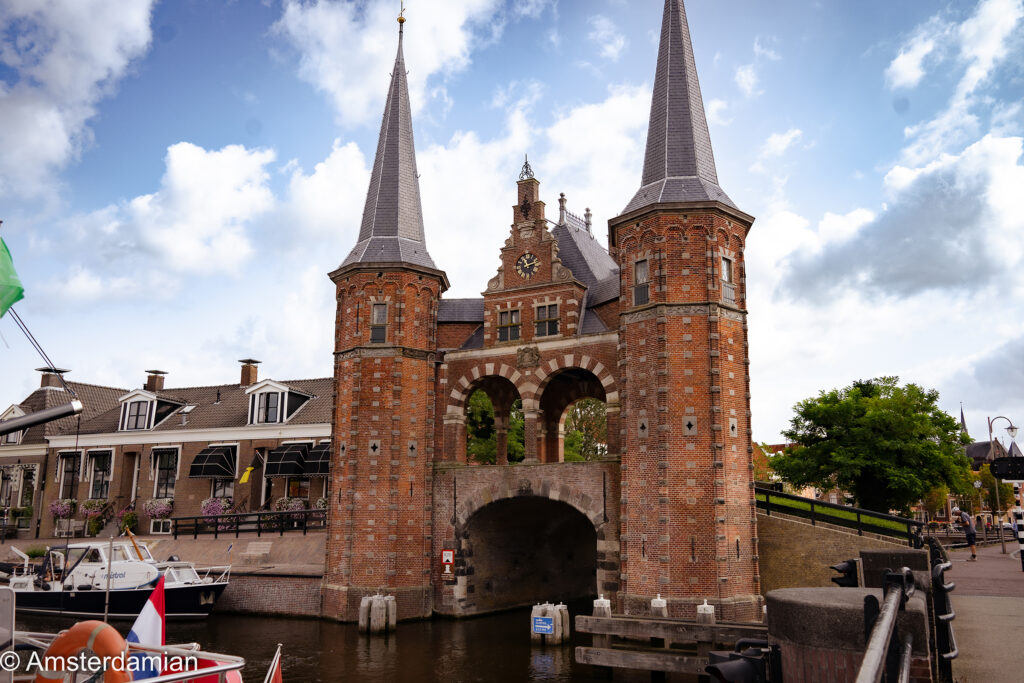
And to point out some of the attractions: Fries Museum, Natuurmuseum Fryslân, De Oldehove and Ceramic Museum Princessehof in Leeuwarden, AquaZoo Leeuwarden, Eise Eisinga Planetarium in Franeker, Jopie Huisman Museum Workum, the ports in Harlingen (there are seven of them), Hannemahuis museum and The Harlinger Pottery and Tiles Factory in Harlingen, Frisian Maritime Museum and the Waterpoort in Sneek, Afsluitdijk Wadden Center, Wrakkenmuseum and the bunkers on Terschelling, Shellmuseum in Schiermonnikoog.
A special attraction in Friesland is the Dark Sky Parks. Both Lauwersmeer National Park and the Boschplaat on Terschelling have this nickname. These are areas where the light pollution is minimal. Visitors are invited to embrace the darkness, stroll the parks at night and admire the sky and the multitude of stars.
Nature in Friesland
Friesland province is characterised by vast, open spaces, a network of waterways, and a unique ecosystem that thrives in its wetlands and coastal areas. Whether it’s the tranquil lakes, the dynamic coastal areas, or the peaceful farmlands, Friesland provides a glimpse into a way of life that is closely tied to the rhythms of the natural world. This is an amazing destination for a weekend in nature, away from the noise of the world. The beauty of Friesland’s nature is changing in every season. In spring, the countryside comes alive with blooming flowers, while summer is marked by lush greenery and the lively buzz of outdoor activities on the lakes. Autumn brings a palette of golden hues to the forests and farmlands, and winter often transforms the landscape into a serene, frost-covered wonderland (if we’re lucky enough to have the temperatures drop below zero).
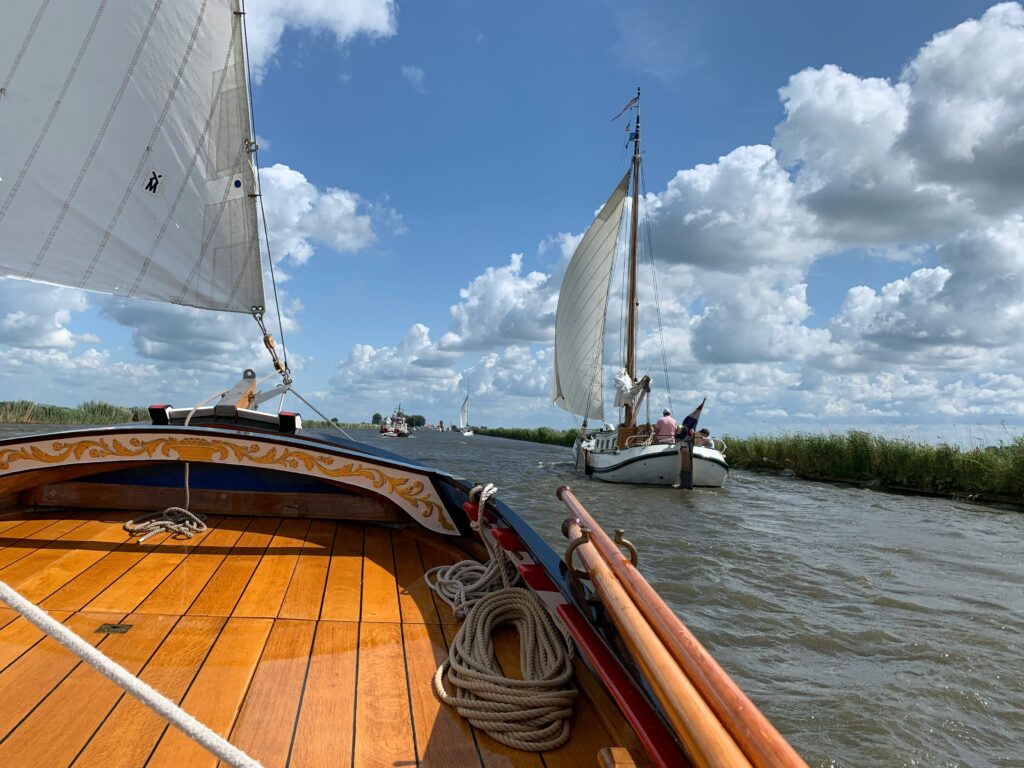
Waterways and Lakes
One of Friesland’s most defining features is its abundance of water. The province is home to many lakes, canals, and rivers, making it a paradise for water sports enthusiasts. The Frisian Lakes, including the Sneekermeer, the Fluessen, Tjeukemeer, Oudegaasterbrekken, Heegermeer and the Nannewiid, are among the largest and most popular in the country. These lakes are interlinked by canals, allowing for extensive boating routes that attract visitors from across Europe. In the summer, you’ll be amazed by the number of boats in the area, the traffic to the nearby cities. You can come here with your own boat or rent one. There are even free mooring places, like De Marrekrite which has space for 1300 boats. The waterways are not only used for recreation but also play a vital role in the region’s agricultural practices, helping to irrigate the fertile land.
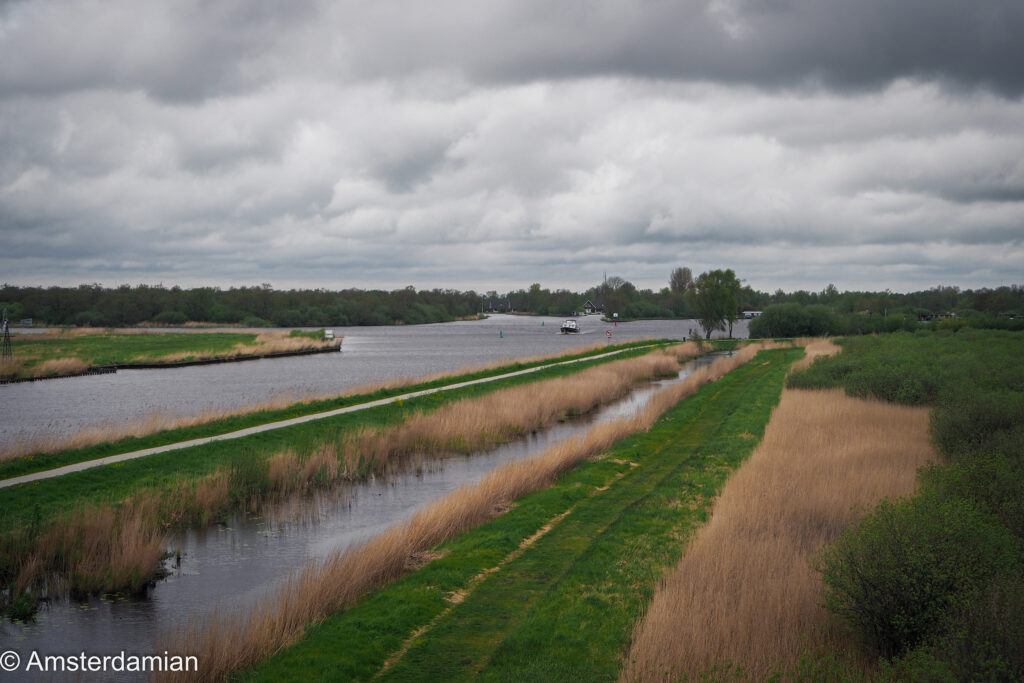

Friesland is home to four national parks: National Park De Alde Feanen, The Drents-Friese Wold National Park, National Park Lauwersmeer and National Park Schiermonnikoog.
To the north of Friesland lies the Wadden Sea, a UNESCO World Heritage site. This unique tidal area is home to a rich variety of flora and fauna, including migratory birds, seals, and diverse marine life. The Wadden Sea’s mudflats and salt marshes are especially important for bird species, serving as critical feeding grounds during migration periods. The interplay between land and sea in this region creates a dynamic environment that is both beautiful and ecologically significant.
Polders and Farmlands
Inland, Friesland is characterised by its flat, low-lying polders – reclaimed land protected by dikes. These polders are dotted with traditional windmills, small villages, and vast stretches of farmland. Dairy farming is a significant part of the region’s economy, with the iconic black-and-white Frisian cows grazing in lush, green pastures. The landscape here is quintessentially Dutch, with wide-open skies and horizons that stretch as far as the eye can see.
Forests and Heathlands
While much of Friesland is defined by its water and open spaces, the province also has areas of forest and heathland. The Drents-Friese Wold National Park, located on the border between Friesland and Drenthe, is one of the largest nature reserves in the Netherlands. It features a diverse landscape of forests, heathlands, and sand dunes, providing habitats for a wide range of wildlife, including deer, foxes, and various bird species. But there are other forested areas like Jolderenbos in Gaastland, Rijsterbos, Haulsterbos, De Bremer Wildernis, Lycklamabos, Schwartzenbergerbos, De Deelen, Landgoed Eysinga State Bos, Leeuwarder Bos.
Frisian Islands
Off the coast of Friesland are the Wadden Islands. These islands are known for their unspoiled beaches, dunes, and nature reserves. Schiermonnikoog, in particular, is a national park, offering visitors the chance to explore its dunes, forests, and salt marshes. The islands are largely car-free, preserving their tranquil atmosphere and making them ideal for cycling and hiking.
A few links where you can read more about Friesland:
Hot to get around Friesland
To plan your trip, use Google Maps, NS train schedule and 9292.nl. Or travel by boat 🙂
Stay tuned for more and follow Amsterdamian on Instagram and Facebook for more stories about life in the Netherlands. Please share this post if you liked it!
Check out my photo book: Amsterdam Through the Seasons!
Love what you’re reading? Support my work with a small donation.


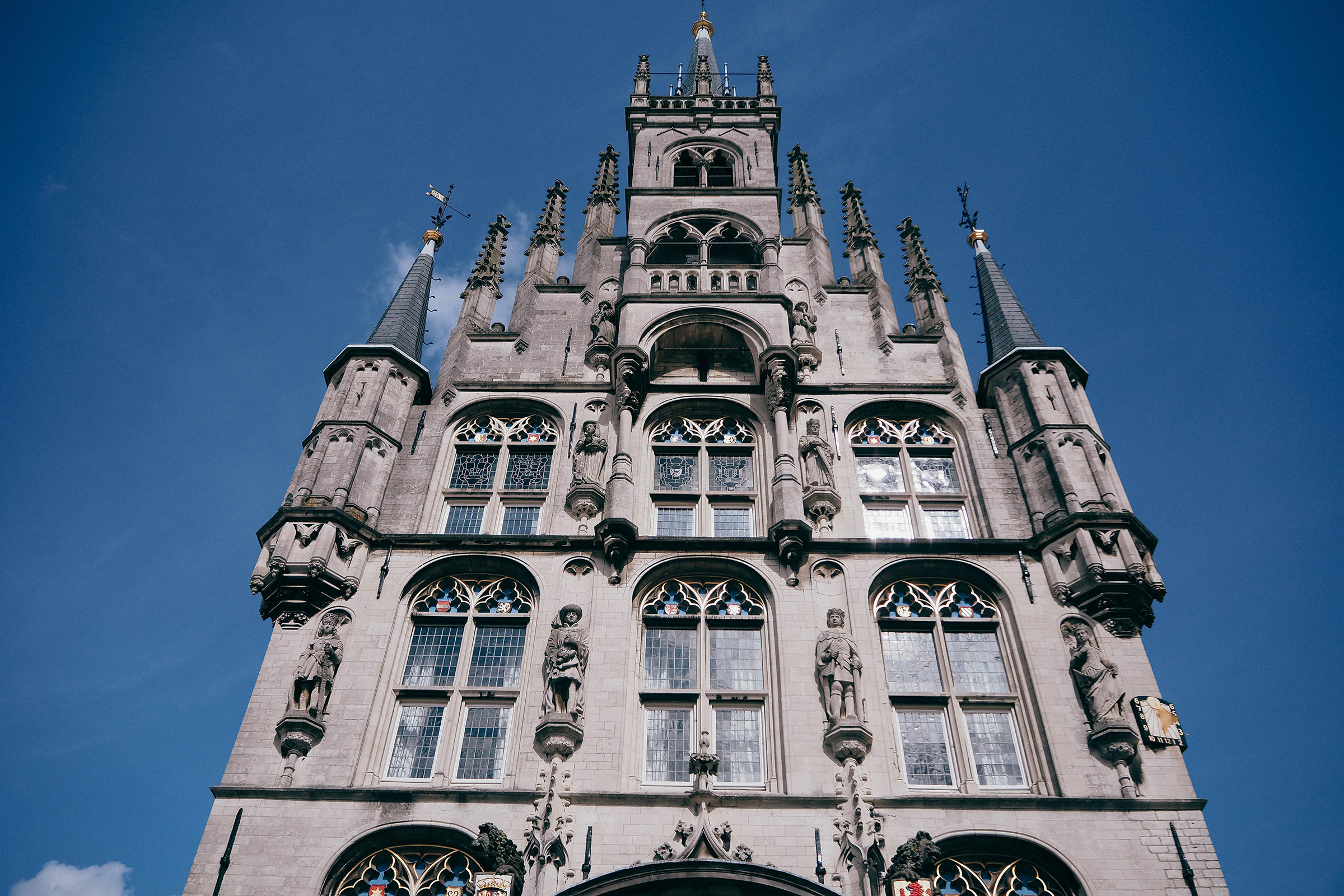

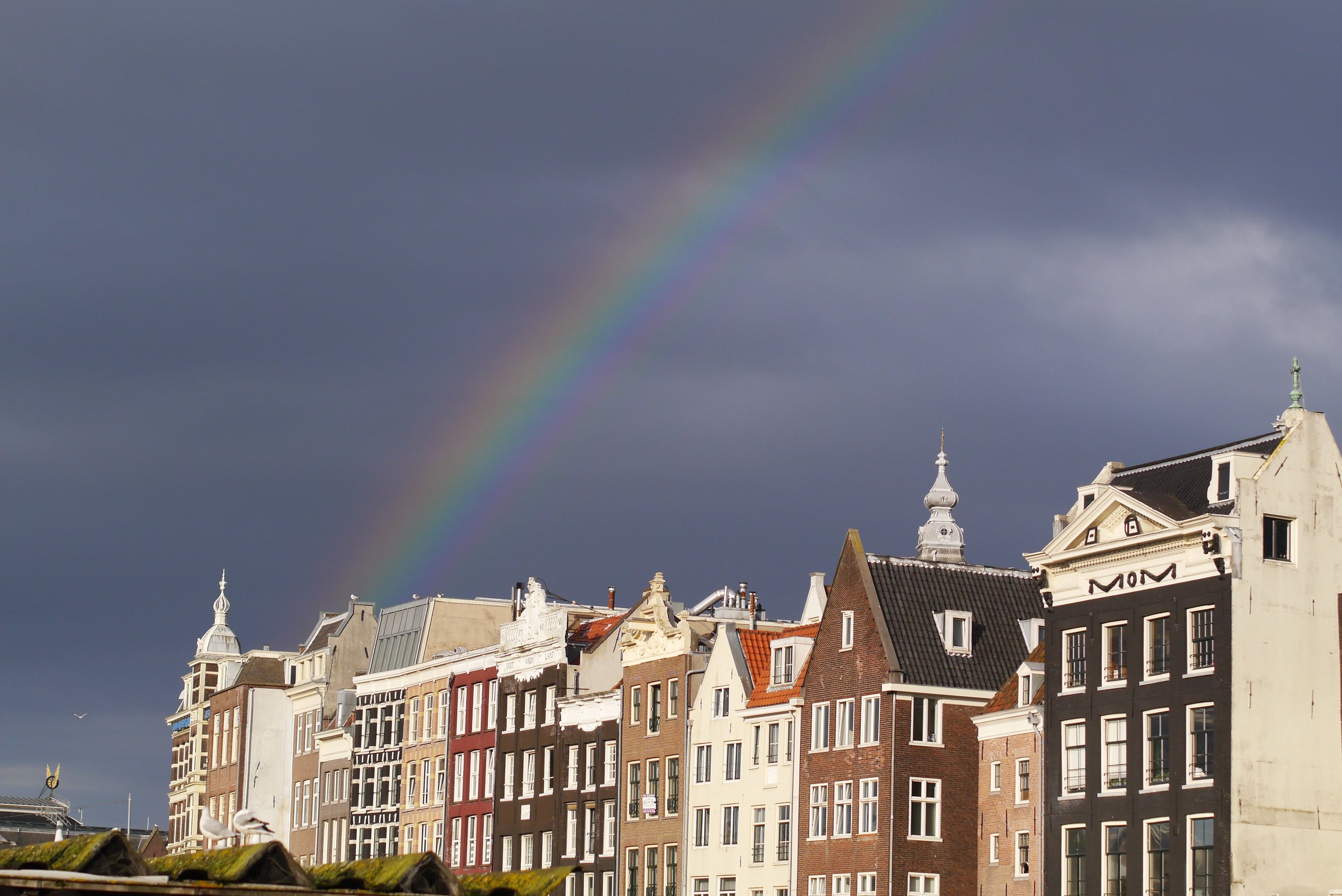


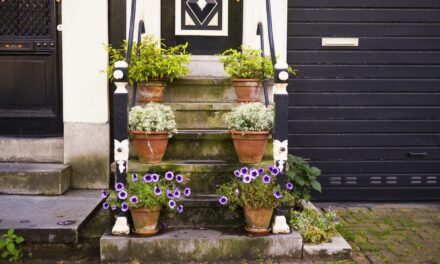
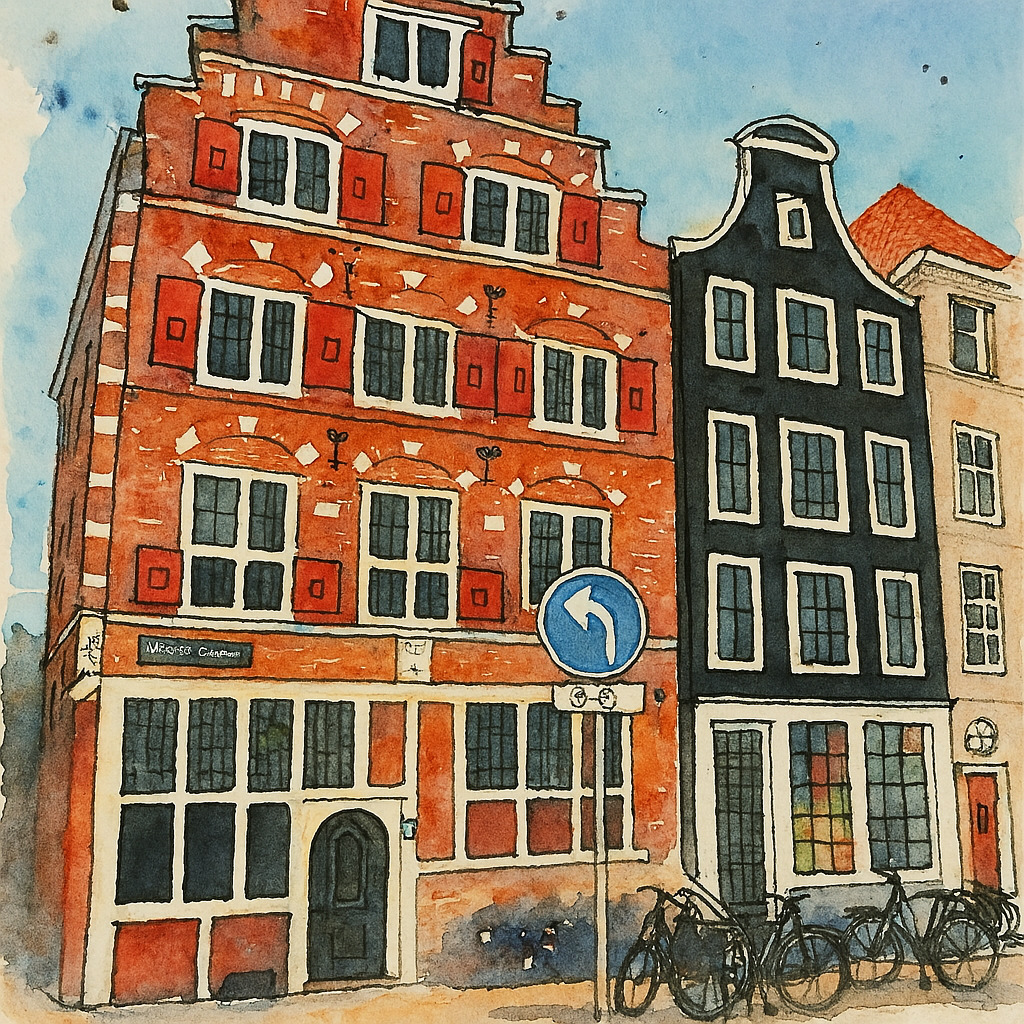
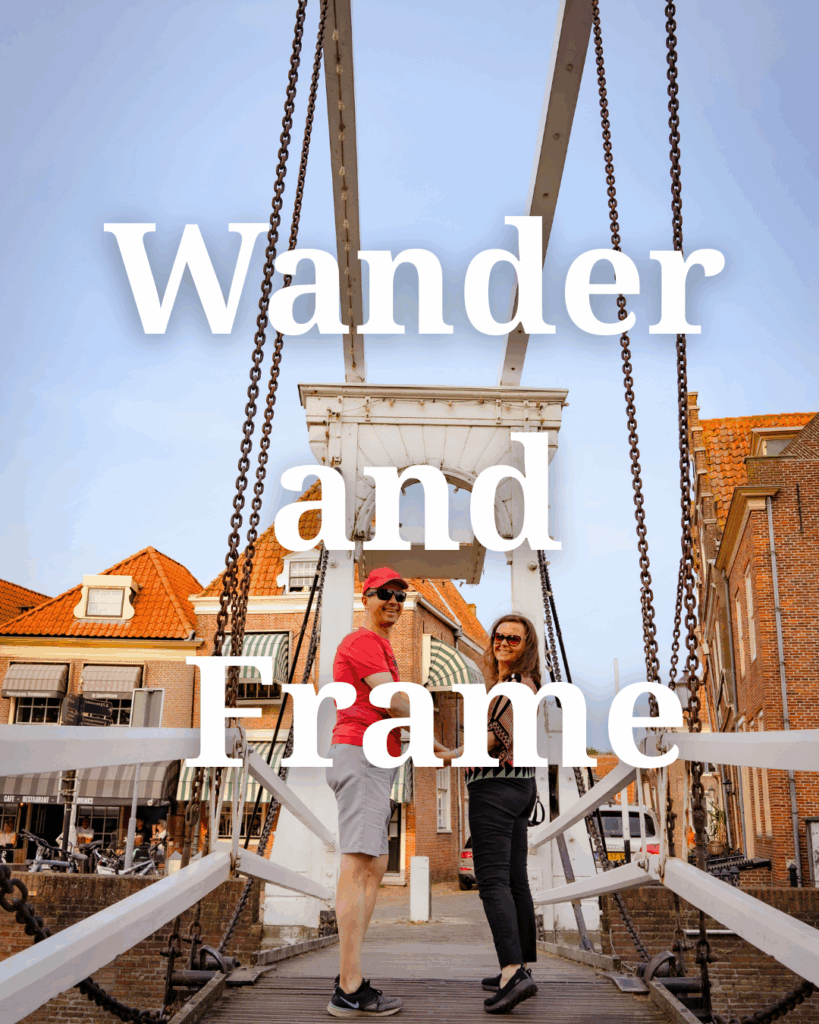

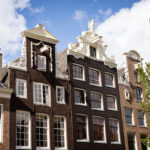
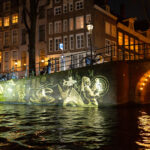
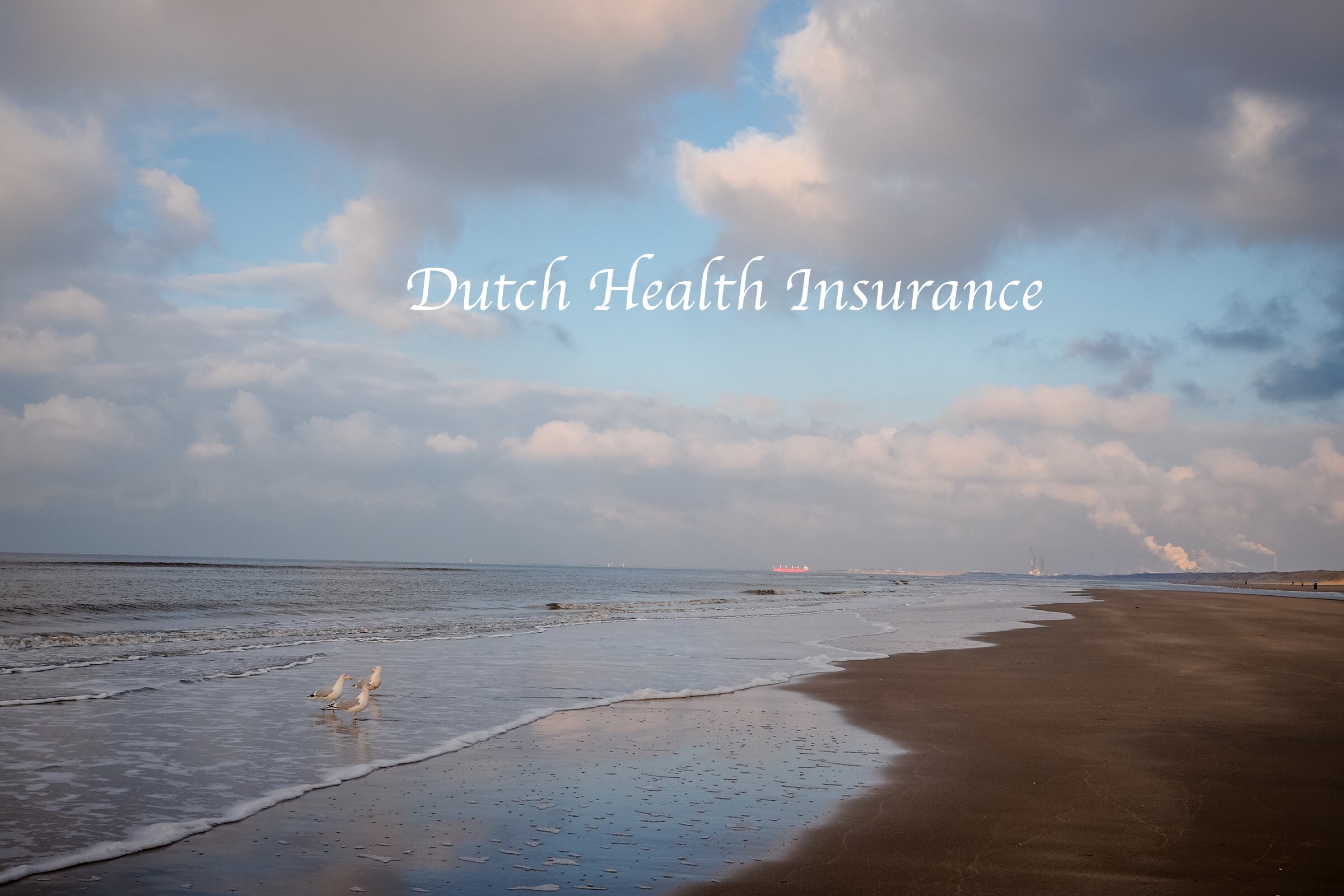



Trackbacks/Pingbacks